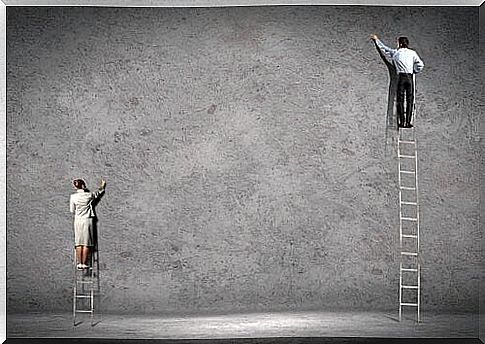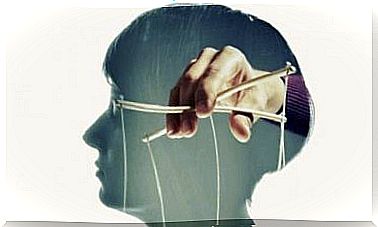Women’s Discrimination And Leadership

In this article we talk specifically about women’s discrimination and leadership. Many people think that unequal rights between men and women are a thing of the past, but this is far from the truth.
We still live in a society that favors men at the expense of women. Despite the advances made by the feminist movement, machismo still exists.
One of the most striking evidence that the existence of machismo is deeply ingrained in our society is the lack of women in leadership positions. Throughout history, the world has almost always treated leadership as male.
Although it has become less and less strange to see women in positions of great responsibility, the number of women leaders around the world is still very small.
Differences between men and women regarding leadership
Over the past few decades, researchers have conducted several studies to learn more about the relationship between women’s discrimination and leadership.
One of the first hypotheses they explored is whether there are any leadership differences between men and women. In particular, whether these differences were the cause of the scarce number of women in positions of power.

Eagly and Johnson conducted a meta-analysis of 162 studies on leadership in 1990. They analyzed the different behaviors of men and women in positions of power. The results showed that there were gender differences in the behavior of male and female leaders.
Men are more authoritarian, aggressive and very task-oriented. However, women lead a more democratic, participatory style, focused on healthy relationships. Both styles are closely linked to the gender stereotypes that exist in today’s society.
Leadership studies show that democratic, participatory, and relationship-oriented leaders are more effective than leaders who are not. So how is it possible that women, who actually have ‘good’ leadership qualities, are not often seen in positions of power?
The Effects of Leadership and Women’s Discrimination
Below we discuss two effects of macho behavior that hinder women’s access to leadership positions. It is important to understand that while there is no explicit gender inequality, the implicit machismo in our society has an equally damaging effect on women in general.
The effect of the glass ceiling
The term “glass ceiling” refers to the existence of an invisible barrier that prevents women from reaching leadership or leadership positions. The reason behind this barrier is the influence that stereotypes have.
Remember that leadership isn’t just about an individual, it also requires followers. Because of the prejudice surrounding women, we find that followers reject their legitimacy as leaders.
Furthermore, there is a strong tendency to associate positions of power with the male gender. Author Virginia E. Schein coined the term “think manager-think male” in reference to this phenomenon.
At the same time, the glass ceiling leads to the concrete roof at some point. The concrete roof refers to those situations in which women limit themselves in order to achieve positions of power.
This too usually happens because of the implicit macho behavior that stereotypes generate. This leads women to believe that they should do what society expects of them.

The effect of the glass cliff
We have already said that it is difficult for women to reach positions of power. We have shown that there is a clear relationship between leadership and discrimination against women. However, what happens when a woman succeeds in reaching a leadership position? This is the point where the glass cliff manifests.
The glass cliff refers to the fact that the leadership positions that women achieve are often the more precarious positions. Also, these positions tend to have a higher risk of failure and are open to criticism. It seems that ‘think manager-think male’ no longer has any effect when it comes to a more risky leadership position.
So when companies have to fill positions of power that are more likely to fail, they usually look for a woman. As a result, we encounter the phenomenon of ‘think crisis-think female’.
The main hypotheses that try to explain this phenomenon are those that in general women are better able to cope with crises.
In short, it is important to realize that gender inequality still exists in our society. There are some ways we can combat it, such as by researching it and by looking critically at all the social, cultural and educational aspects that foster a relationship between leadership and women’s discrimination.









